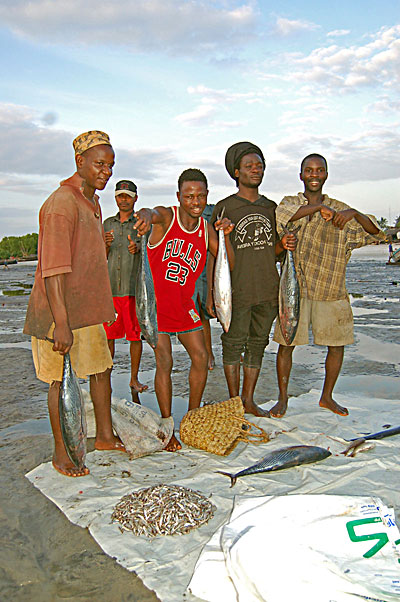Welcome to the ASCLME Project
 Between 2008 and 2013, the nine countries of the western Indian Ocean region, including Comoros, Kenya, Madagascar, Mauritius, Mozambique, Seychelles, Somalia, South Africa and Tanzania, will work together through the UNDP supported GEF financed Agulhas and Somali Current Large Marine Ecosystems (ASCLME) Project.
Between 2008 and 2013, the nine countries of the western Indian Ocean region, including Comoros, Kenya, Madagascar, Mauritius, Mozambique, Seychelles, Somalia, South Africa and Tanzania, will work together through the UNDP supported GEF financed Agulhas and Somali Current Large Marine Ecosystems (ASCLME) Project.
The Agulhas and Somali Current Large Marine Ecosystems (ASCLME) are situated in the western Indian Ocean region, along the east coast of Africa. The Somali Current LME extends from north to south from the horn of Africa to the Comoros Islands and the northern tip of Madagascar. The Agulhas Current LME includes the Agulhas Current, which flows southwards along the east coast of South Africa, as well as its sources in the Mozambique Channel and the east of Madagascar.
Approximately 160 million people reside in the nine countries bordering the ASCLME area and an estimated 56 million people depend on the resources of the two LMEs.
The oceanic region harbours a variety of submerged landforms, including continental shelves, slopes and basins, mid-ocean ridges, seamounts and ocean trenches. It has a number of key geographic features which influence the biological and physico-chemical environment. These include the Mascarene Plateau, which extends approximately 2,000 km from the Seychelles to Réunion and is the largest undersea plateau in the Indian Ocean. However, knowledge of the oceanography of the region is largely inadequate.
Mangroves, seagrass beds and coral reefs provide critical habitats for fish, invertebrates and other organisms. Along with beaches and estuaries, they serve as a home, breeding ground and nursery area for over 11,000 marine species currently recorded from the western Indian Ocean region.
The diversity of marine life found in the ASCLME varies from phytoplankton and zooplankton to several thousand species of larger invertebrates and fish. Many of these, such as tuna, lobster, shrimp, oysters and clams are of economic importance. Charismatic species, such as the coelacanth, dugong, turtles and many species of cetaceans, as well as important seabird populations are also present.
The ASCLME region is characterised by some of the highest poverty levels in the world. Most of the countries of the region rely heavily on the harvest of living marine resources, both as a source of food and of employment. As a result, environmental variability, which impacts on habitats and their species compositions, can have a direct impact on the coastal people of the region.

Human activities have also impacted the ASCLME region. Increasing pressure from urbanisation, tourism, dredging, sedimentation and destructive fishing methods have resulted in shrinking fish stocks, with several species facing possible extinction.



